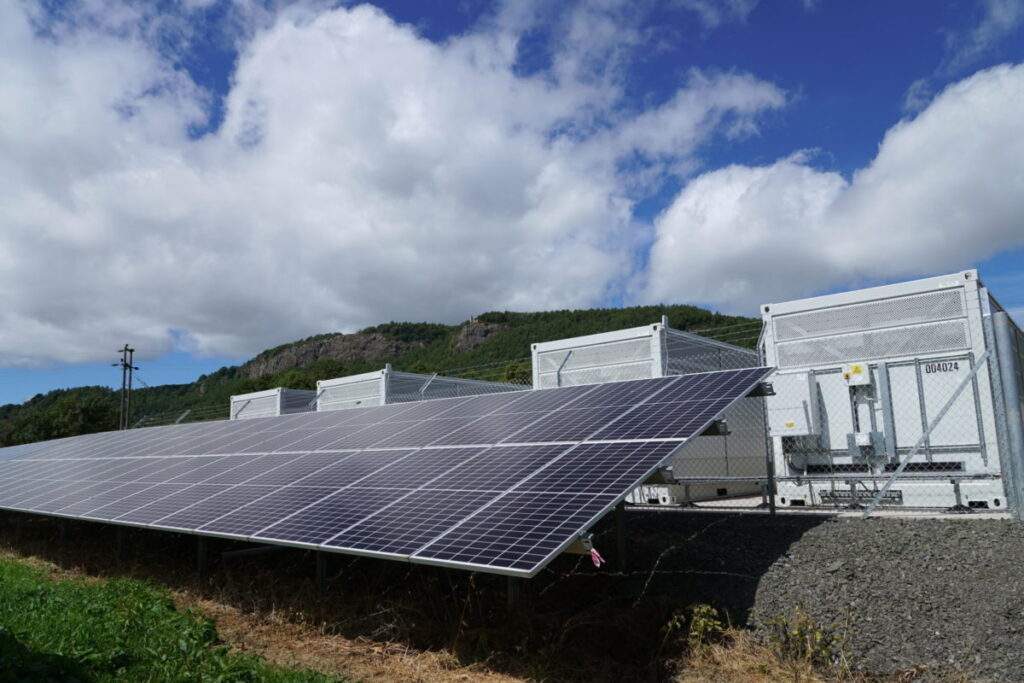
Evolution™ Microgrid Controller
Experience unparalleled control and efficiency
Experience unparalleled control and efficiency with the Agave® Evolution™ Microgrid Controller, your ultimate solution for managing distributed generation assets. Our advanced system equips industrial settings with intelligent automation, seamlessly managing a diverse range of energy sources and prioritizing loads for optimal performance.
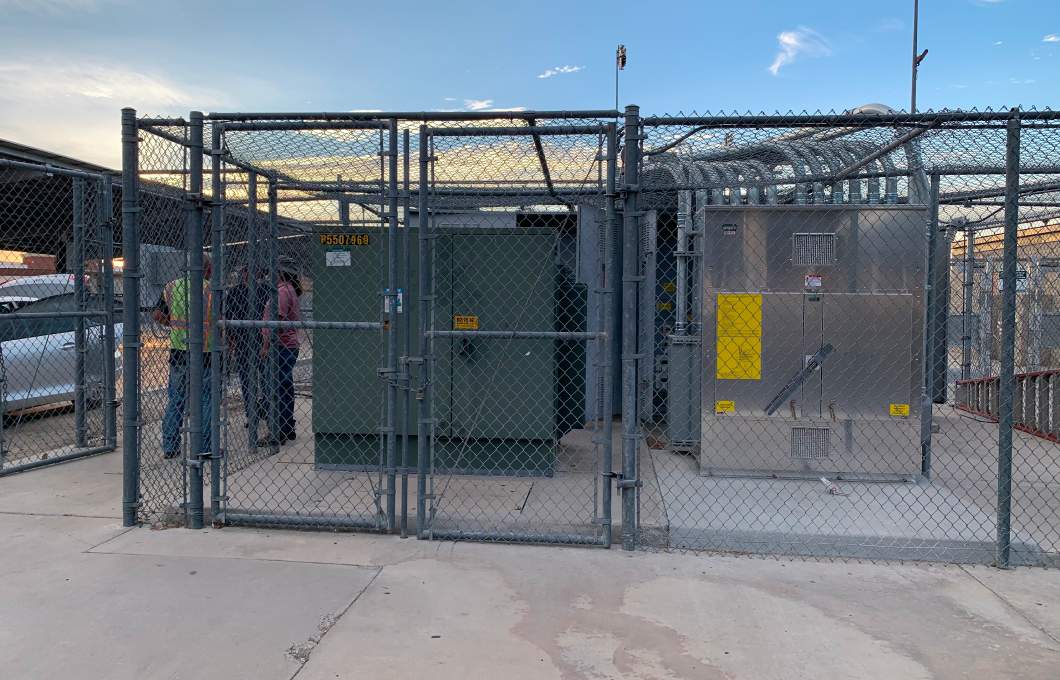
Cost Efficiency
Offers a competitive solution for mid-market clients, enhancing ROI and reducing operational costs through lights-out operation.
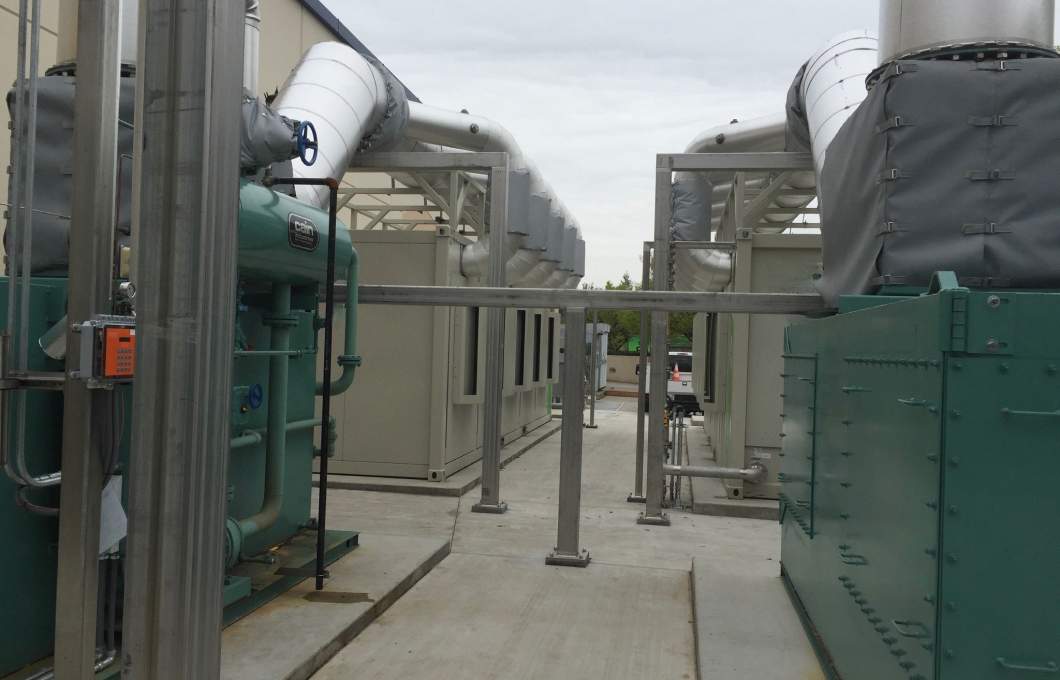
System Integration
Features an open architecture that complements and enhances your existing energy investments.
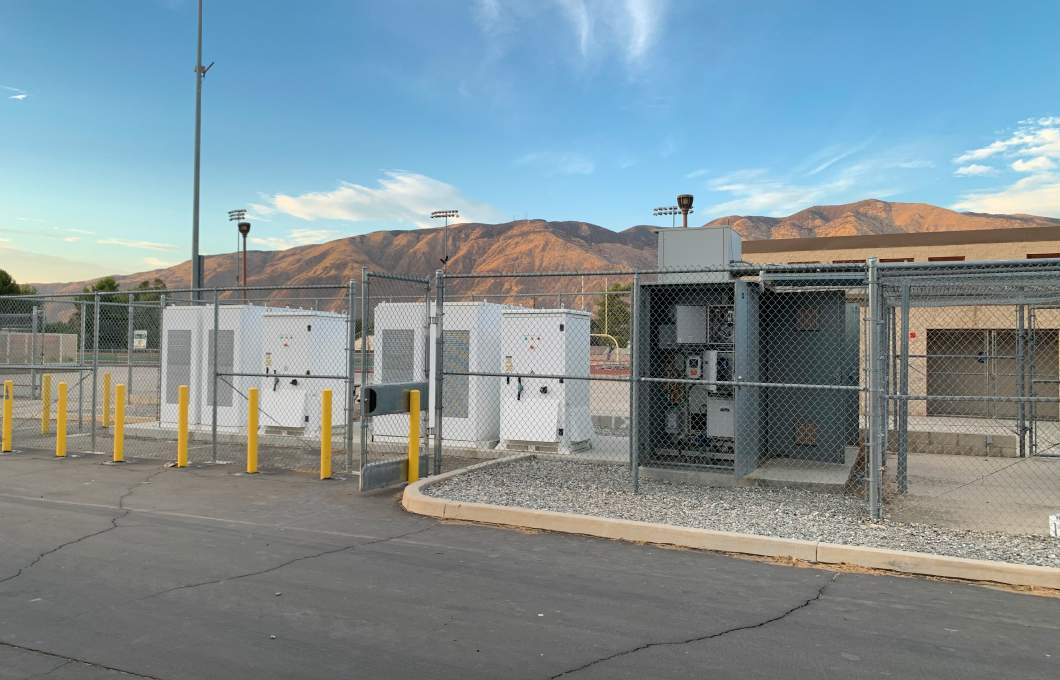
Advanced Analytics
The Agave® supply module provides deep insights for operation optimization, enabling smart energy management decisions.
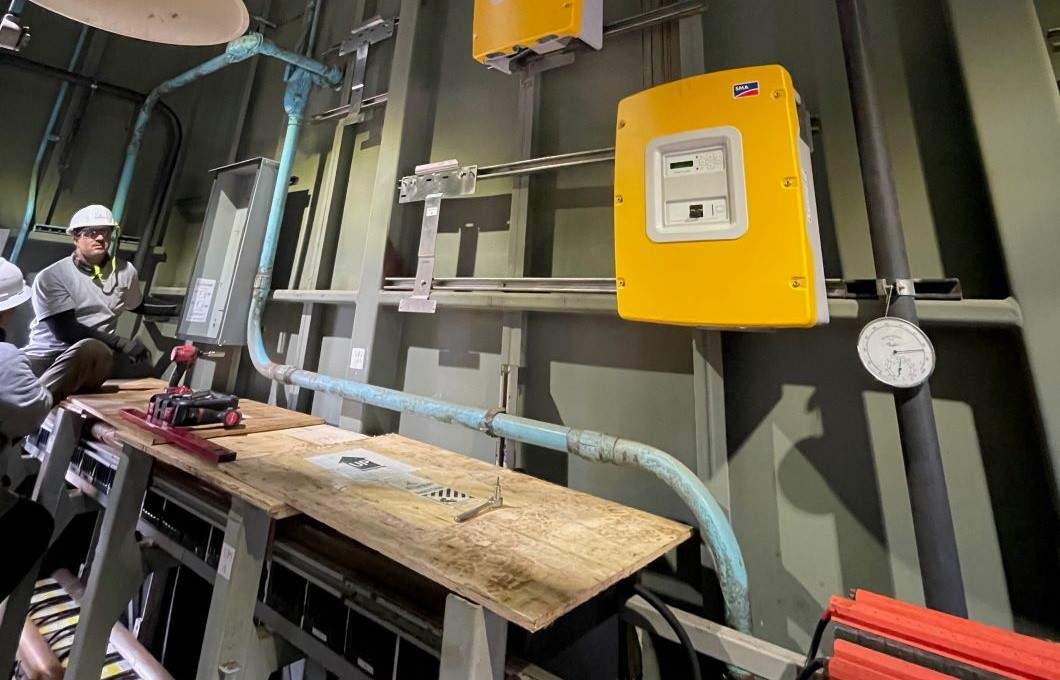
Reliability
Ensures resilience during grid outages, safeguarding your enterprise’s energy continuity.

Comprehensive Control
Deploys in over 100 sites, providing measurement, monitoring, and dispatch for various generation resources, including solar, energy storage, and gas turbines.
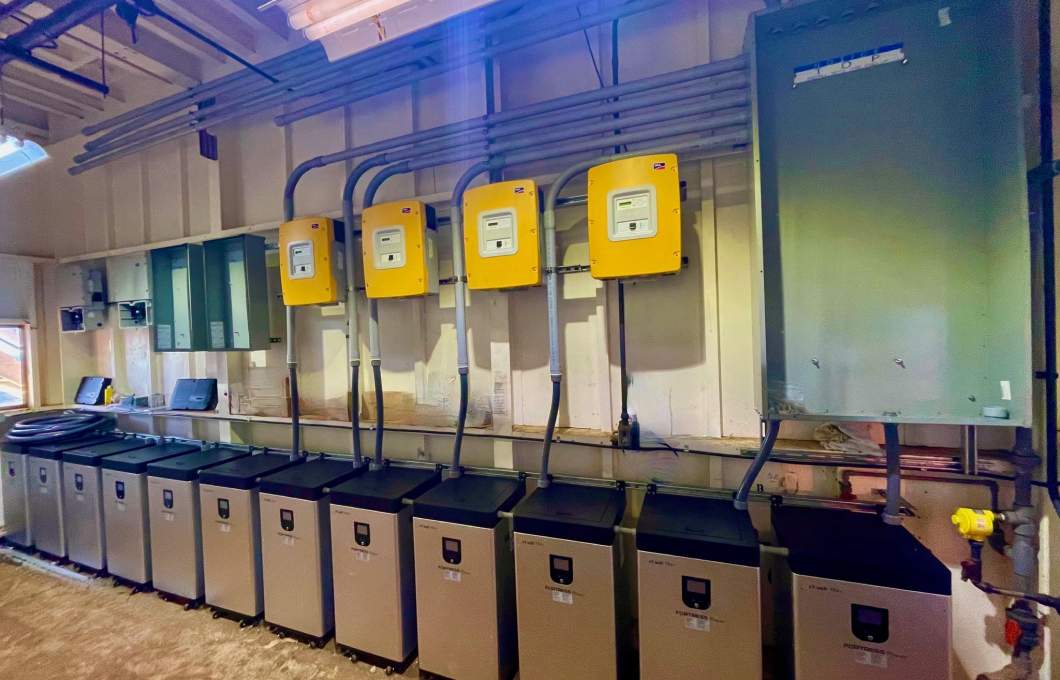
Connectivity and Communication
Facilitates seamless interface with industrial computer systems via standard protocols and delivers crucial data to the Agave® cloud for effective monitoring and management.
Discover the future of intelligent energy management with the Agave® Evolution™ Microgrid Controller – your partner in achieving efficient, reliable, and optimized energy utilization.
Client Success Story
They have a proven track record, advanced controls, and comprehensive energy management capabilities as critical for the casino’s energy future. We’re confident that this choice not only aligns with our commitment to innovative and sustainable solutions but also sets a
New Standard for the industry
